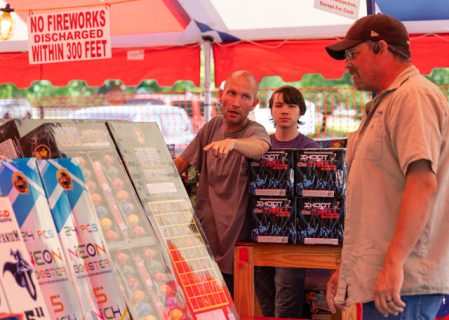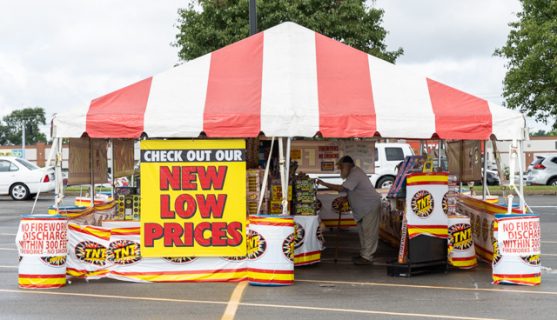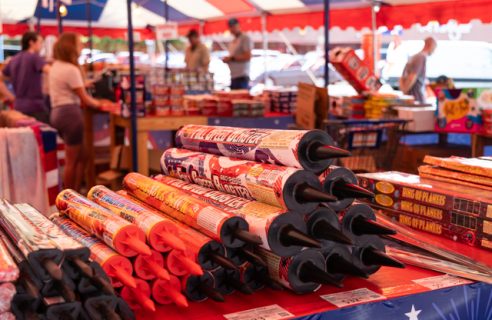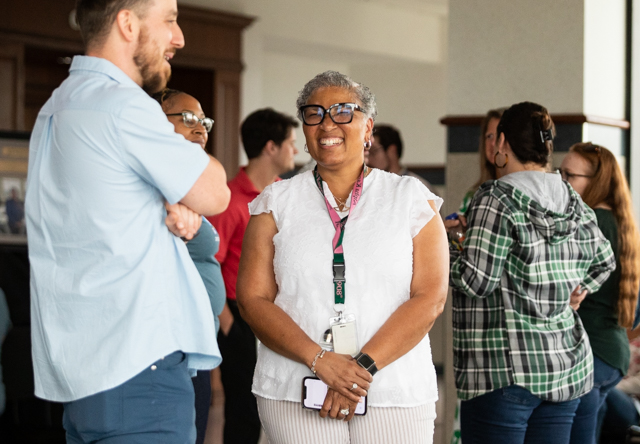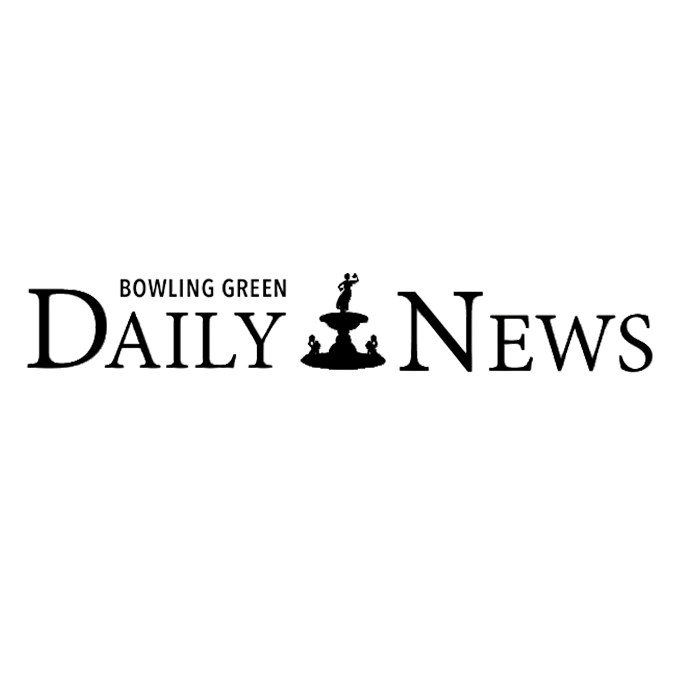Precautions urged when using fireworks
Published 9:02 am Thursday, July 3, 2025







The Fourth of July is almost here and with it comes fireworks.
And while fireworks are fun for many, taking precautions and having the knowledge on how to stay safe while using them can be the difference between a fun backyard celebration and a trip to the hospital.
Emily McGuffey, director of Emergency and Trauma Services at Med Center Health, said that, according to the Consumer Safety Commission, in 2024, 14,700 people were treated in emergency departments nationwide for firework-related injuries and almost 50% of these injuries were related to burns.
Trending
“The most common areas for firework-related burns are the hands and fingers,” she said. “Other common areas include the head, face and ears. Every year around the Fourth of July, we (Med Center Health) see a varied amount of firework-related injuries, with a majority of them being burn-related.”
Additional firework-related injuries include eye injuries from explosions, sparks and debris; finger and head trauma from mishandling explosives; and hearing loss due to loud explosive sounds.
McGuffey said that by following some basic firework safety guidelines, these types of injuries can be prevented.
These include: never relight a firework if it does not work on the first attempt; read the descriptions and warning labels (it is important to know what to expect prior to lighting); follow all city and state laws involving fireworks; use fireworks in an open area and never point them towards a home/building, person or pets; never allow children to ignite fireworks; keep a bucket of water or a garden hose nearby in case of fire; and light one at a time and then quickly move back after lighting.
McGuffey said her advice to those who would like to include fireworks in their Independence Day celebration is to plan ahead and follow all of the precautions prior to utilizing fireworks and to not allow children to use fireworks.
“Pediatric firework-related injuries are not uncommon,” she said. “Approximately 13% of firework-related burns come from sparklers. Sparklers can reach temperatures of 1,700 degrees Fahrenheit.”
Trending
McGuffey said that another option for viewing fireworks on the Fourth of July is to attend a fireworks show handled by professionals.
“This is considered the safest option,” she said. “The professionals have been trained to take the precautions needed in a controlled environment with specialized equipment.”


